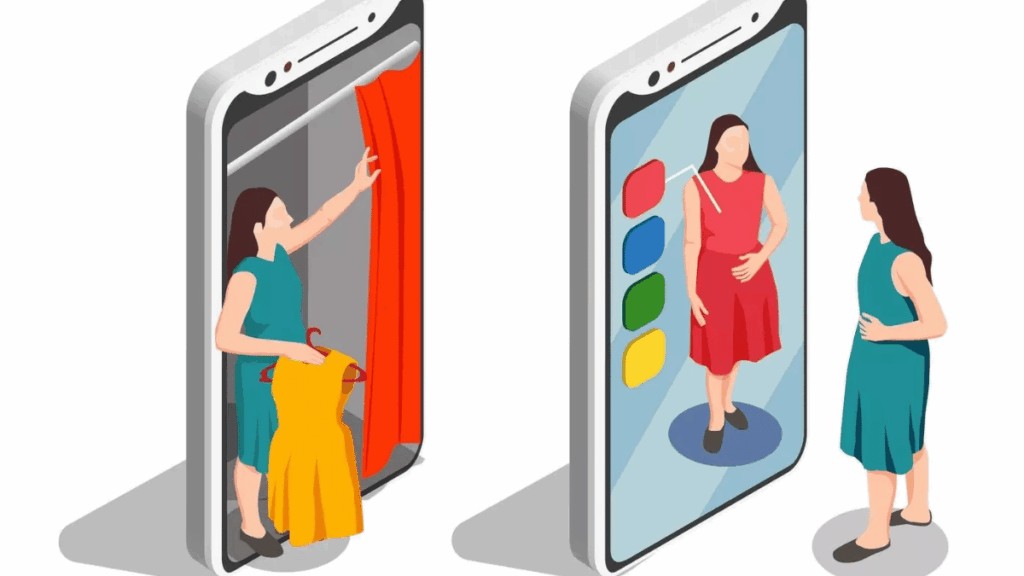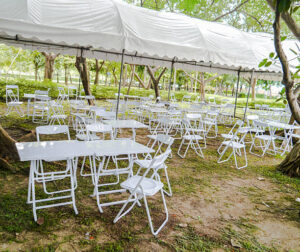Virtual Fitting Room Market: The Digital Revolution in Fashion Retail
The retail world is undergoing a transformative shift, driven by the rapid adoption of advanced digital technologies. At the forefront of this evolution is the Virtual Fitting Room (VFR) — an innovation that blends augmented reality (AR), artificial intelligence (AI), and 3D modeling to help consumers try on clothes digitally before making a purchase.
As online shopping continues to dominate consumer behavior, one longstanding barrier has been the inability to try on clothing. VFRs solve this problem by simulating how garments will look and fit on a user’s body using sophisticated technologies such as real-time image processing, virtual mirrors, and personalized avatars.
What Is a Virtual Fitting Room?
A virtual fitting room is a digital interface that allows users to visualize how clothes and accessories will fit and look on them without physically trying them on. These systems can range from simple overlay apps to highly advanced platforms that employ 3D body scanning and machine learning-based fit prediction.
There are generally two types:
-
Photo-based fitting rooms, which use uploaded photos or live camera feeds.
-
Avatar-based systems, where users input body measurements to generate a virtual model.
Key Drivers Behind the Growth
Several factors are fueling the demand and development of virtual fitting rooms:
-
Consumer convenience: Shoppers can try outfits from the comfort of their homes, reducing the friction in the buying process.
-
Reduced return rates: Retailers benefit from fewer returns due to sizing and fit issues, which translates into lower logistics costs and improved customer satisfaction.
-
Pandemic-driven digital adoption: With changing retail habits and store closures, brands fast-tracked the integration of virtual solutions.
-
Environmental concerns: By cutting down on unnecessary shipments and returns, VFRs contribute to more sustainable shopping practices.
Technologies Powering VFRs
Virtual fitting rooms are powered by a convergence of several key technologies:
-
Augmented Reality (AR) overlays garments on the user’s image or environment.
-
Artificial Intelligence (AI) analyzes user data to recommend sizes and styles.
-
Computer Vision allows accurate placement and fit of clothing on body images.
-
3D Modeling creates realistic, scalable digital clothing assets.
-
Body Scanning technology personalizes fit to the user’s exact measurements.
Use Cases Across Industries
While fashion retail is the primary market, VFRs are being adapted across multiple verticals:
-
Eyewear: Virtual try-ons for glasses and sunglasses.
-
Footwear: Digital shoe fitting for both casual and performance wear.
-
Cosmetics: Augmented reality makeup applications.
-
Luxury Fashion: High-end brands offering immersive shopping experiences.
Challenges and Considerations
Despite their potential, VFRs are not without limitations:
-
Accuracy of fit can vary, especially with complex fabrics or body shapes.
-
Privacy concerns arise when users submit personal photos or body data.
-
Technology integration costs can be high for smaller retailers.
-
Device compatibility may limit access for some consumers.
However, with continuous innovation, many of these challenges are being addressed rapidly.
The Road Ahead
The virtual fitting room market is expected to evolve significantly as brands seek to provide more personalized, engaging, and frictionless shopping experiences. Innovations in realistic garment simulation, haptic feedback, and AI-powered size recommendations will further refine the virtual try-on process.
As consumers demand greater convenience and retailers strive for higher efficiency, virtual fitting rooms are set to become a standard feature in the modern e-commerce toolkit.






